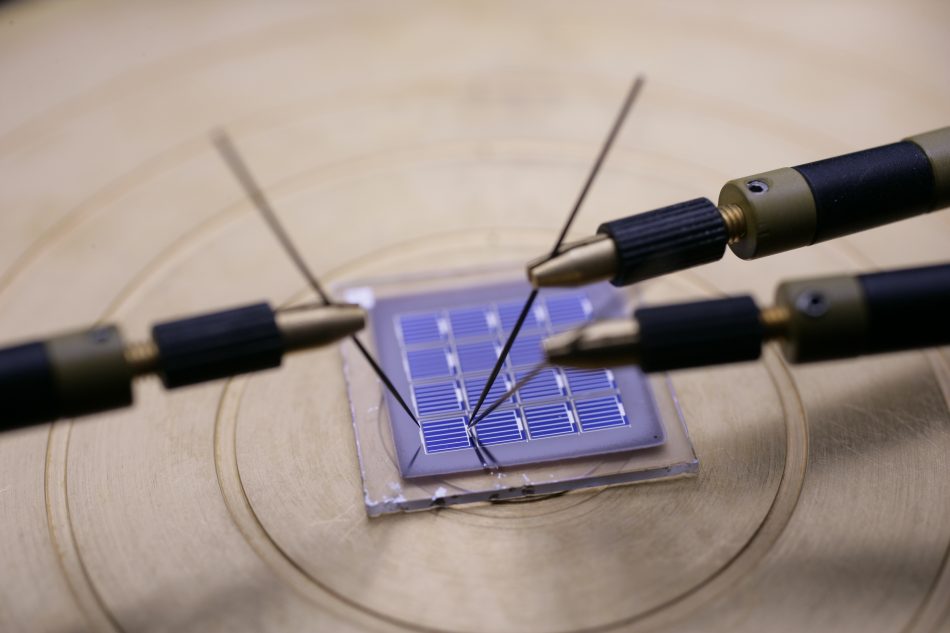Our technology for harvesting solar power has just gotten better thanks to scientists in Germany who have achieved a new efficiency record of almost 30 percent.
The new achievement comes from researchers at Helmholtz-Zentrum Berlin (HZB) who created a new solar cell that combined silicon and perovskite together to squeeze an impressive 29.15 percent efficiency of converting solar power into electricity.
Perovskite has been known to science for a long time but it has only in recent years become recognized for its use in harvesting solar power. And since it burst onto the solar cell scene around a decade ago, the material has broken efficiency records at a blistering pace, especially when paired with silicon.
The reason why they work so well together is that each one is optimized to absorb different wavelengths of light. Silicon focuses mostly on the red and infrared part of the spectrum, while perovskite excels at the green and blue light. By combining the two, more electrical energy can be extracted from sunlight than possible with a single kind of solar cell.
The new record is particularly impressive since only five years of similar silicon-perovskite solar cells had a maximum efficiency of 13.7 percent. Eventually, the technology could further be improved to reach the theoretical limit of 35 percent, which would give a significant boost to the widespread adoption of renewable energy.
Image source: Helmholtz-Zentrum Berlin











